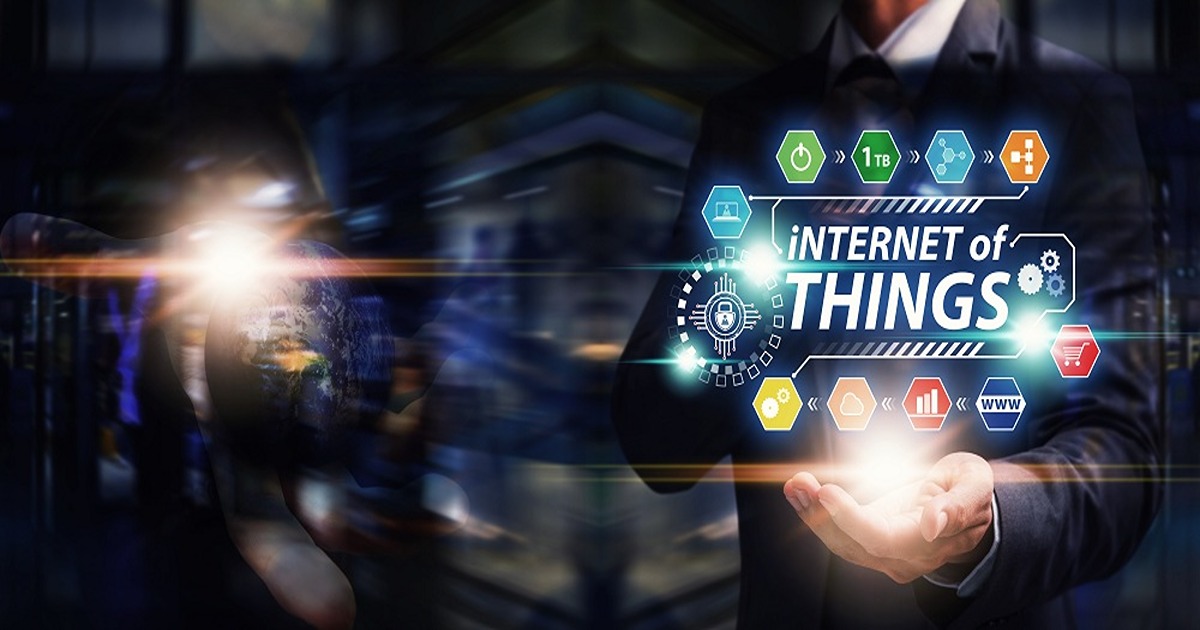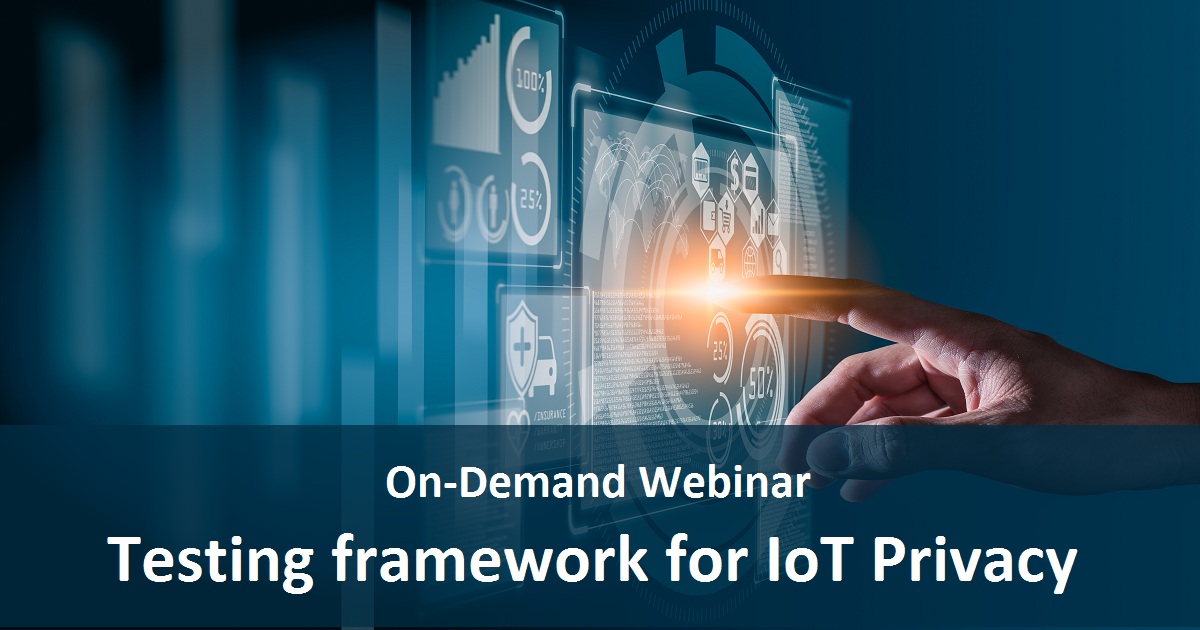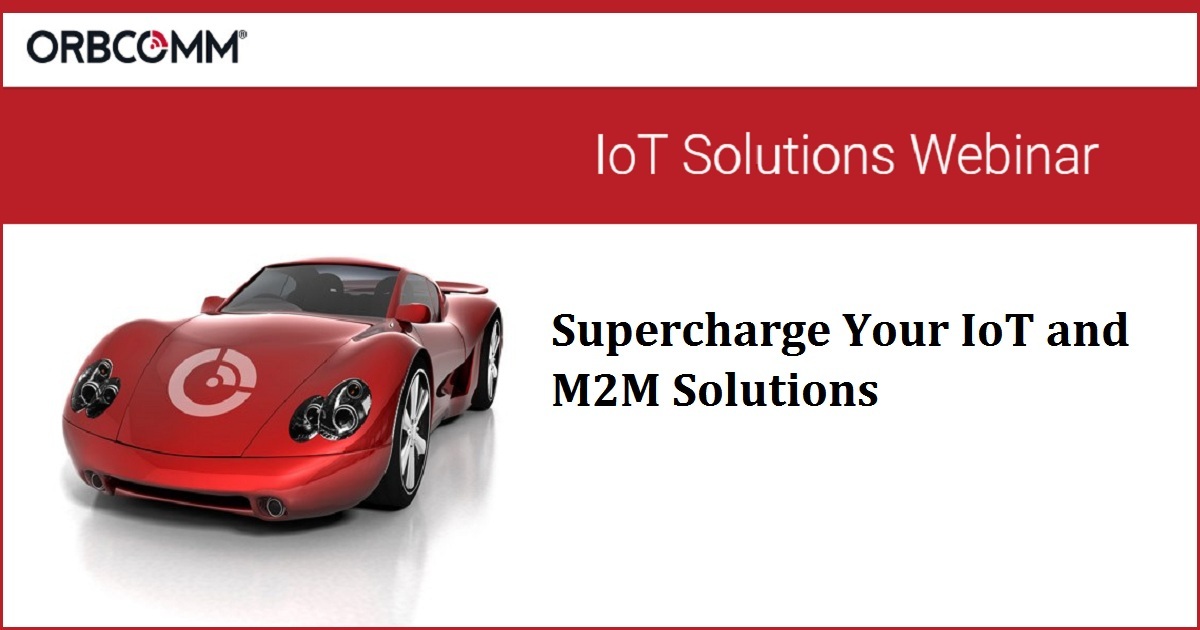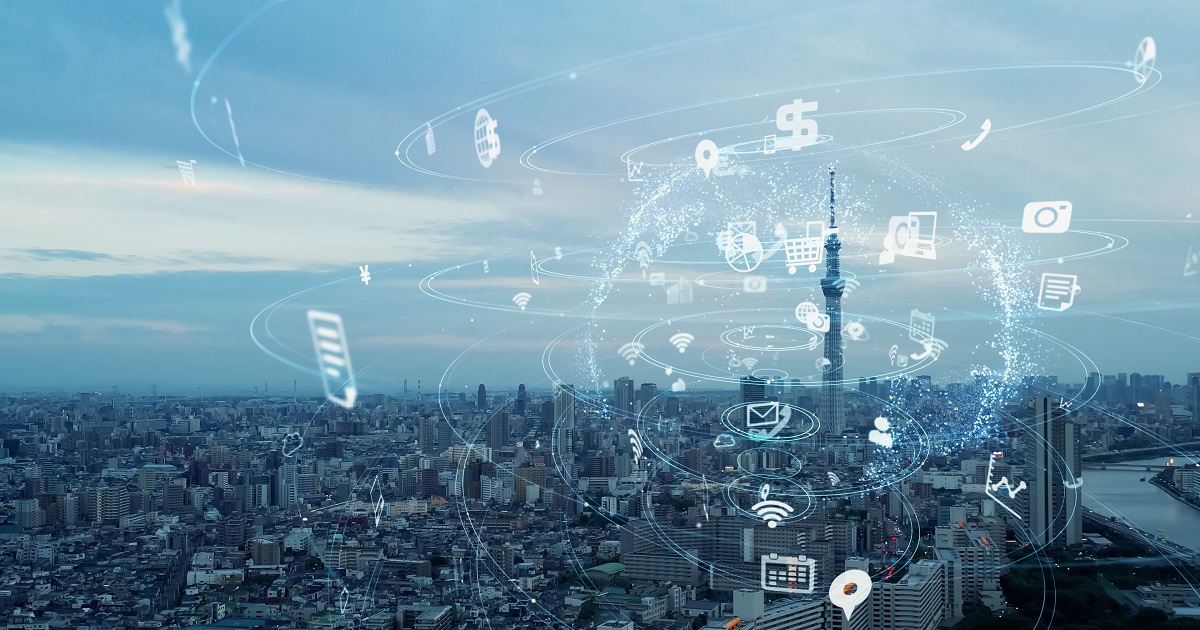
IoT devices are everywhere, literally expanding the threat landscape, making it an absolute must to protect IoT devices at their core. From routers and smart home appliances to medical devices and more, these seemingly innocent devices are exposed and worse yet, serve as a back door to private networks and personal data.
Watch Now

tsdsi
Privacy and Data protection are key buzzwords both in India and Europe. The launch of GDPR in EU on 25th May 2018 has created a legal framework where the citizens of EU have their interest protected against the data theft. Similar initiative is taking place in India. With the data protection bill in draft and public comments awaited by 10th September 2018. India is also responding to growing need of privacy and data protection of its citizens.
Watch Now

Orbcomm
Gartner forecasts that there will more than 20 billion connected assets by 2020. But how do you take the promise of the Internet of Things and translate it into effective solutions that deliver more value for your customers—all while saving you time and increasing revenue?
Watch Now

Although industrial control systems have switched from analog to digital many decades ago, the problem of having multiple proprietary protocols preventing these systems from properly integrating with each other still persists to this day. OPC UA was conceived with the purpose to address this problem, but its success was only partial, and it’s still not as pervasive and adopted as it should be. MQTT is changing that scenario quickly, with smart sensors, cameras, and now even PLCs natively implementing this old but revamped protocol and edge computing is one of the vectors behind this transformation.
Watch Now